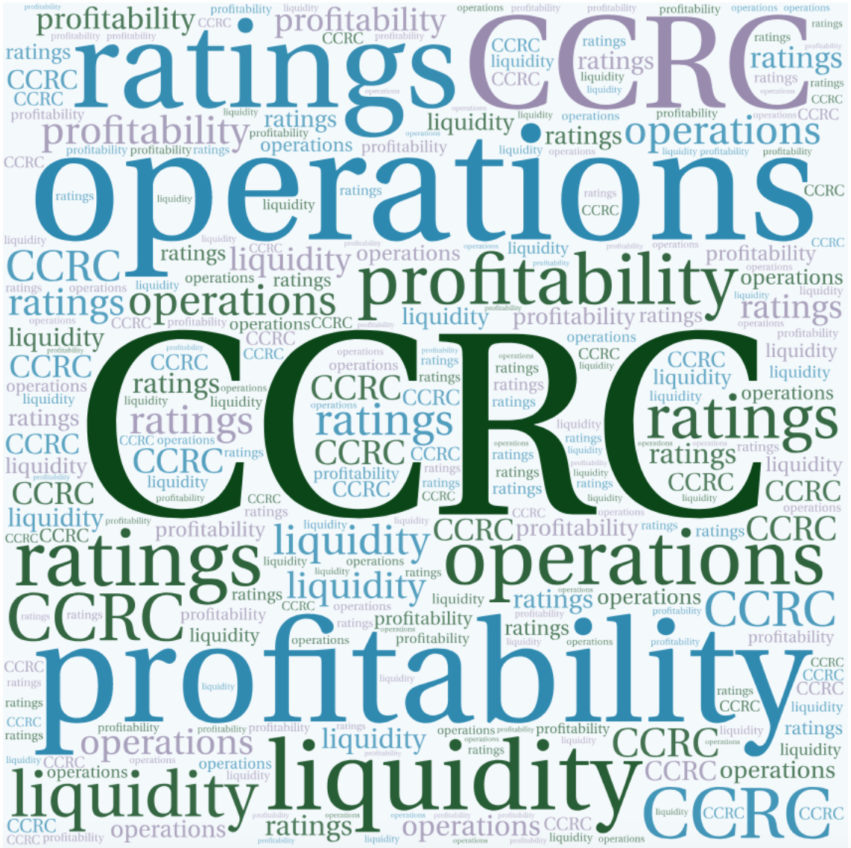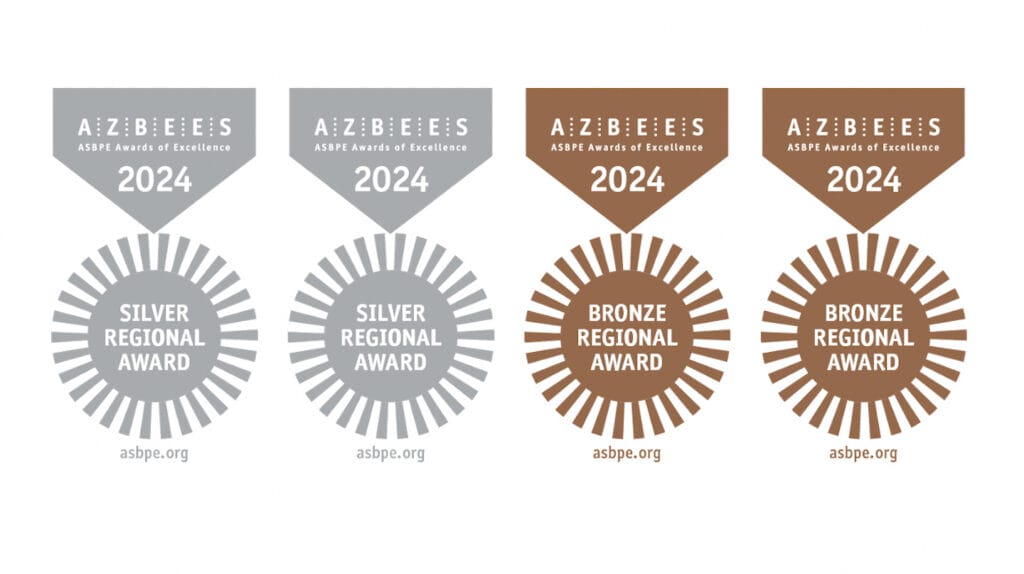
Operations and profitability remain stable for U.S. continuing care retirement communities, also known as life plan communities, according to a newly released report from Fitch Ratings.
“Retirement communities have done a commendable job of managing expenses as communities better manage their operations,” Fitch Ratings Director Paul Rizzo said Wednesday in a statement.
CCRCs are benefiting from strong housing markets throughout most of the country, which have helped with the sale and occupancy of independent living units in the senior living communities, according to the report.
Liquidity has improved “significantly” over the past several years, Fitch said. Days cash on hand increased last year for Fitch’s higher-rated CCRCs due in large part to the healthy performance of investments, stable cash flows and solid operating profitability, the company said. Cash to debt for the aforementioned CCRCs increased to 83.3% in 2017, up from 69.8% in the previous year.
“Heightened governmental reimbursement stress and staffing challenges could result in some rating pressure in the coming months,” however, Rizzo predicted.
Ratings have been relatively stable for CCRCs through the first six months of 2018, Fitch said, with the credit ratings and research company upgrading two communities, downgrading five and affirming 43 others during that time. Outlooks have been revised to negative for some CCRCs, however, because of leverage and project risks stemming from expansions or campus-repositioning projects arising as communities take advantage of low interest rates.
Indeed, a ratings shift has occurred among Fitch’s rated CCRCs over the past year, Fitch noted. Although investment-grade ratings still account for most of Fitch’s 132 rated communities, below-investment grade ratings increased to 30 in 2017, up from 19 in 2015. ‘BBB’ remains the rating for half of Fitch’s rated CCRCs, with 35 additional communities rated ‘A.’
Of the CCRCs in Fitch’s portfolio, 39% offer Type A (life care) contracts, 28% have Type C (fee-for-service) contracts and 21% have Type B (modified fee-for-service) contracts. A 2017 poll by specialty investment bank Ziegler found that Type A and C entry-fee contracts have become more common in CCRCs, whereas type B contracts have become less common.



